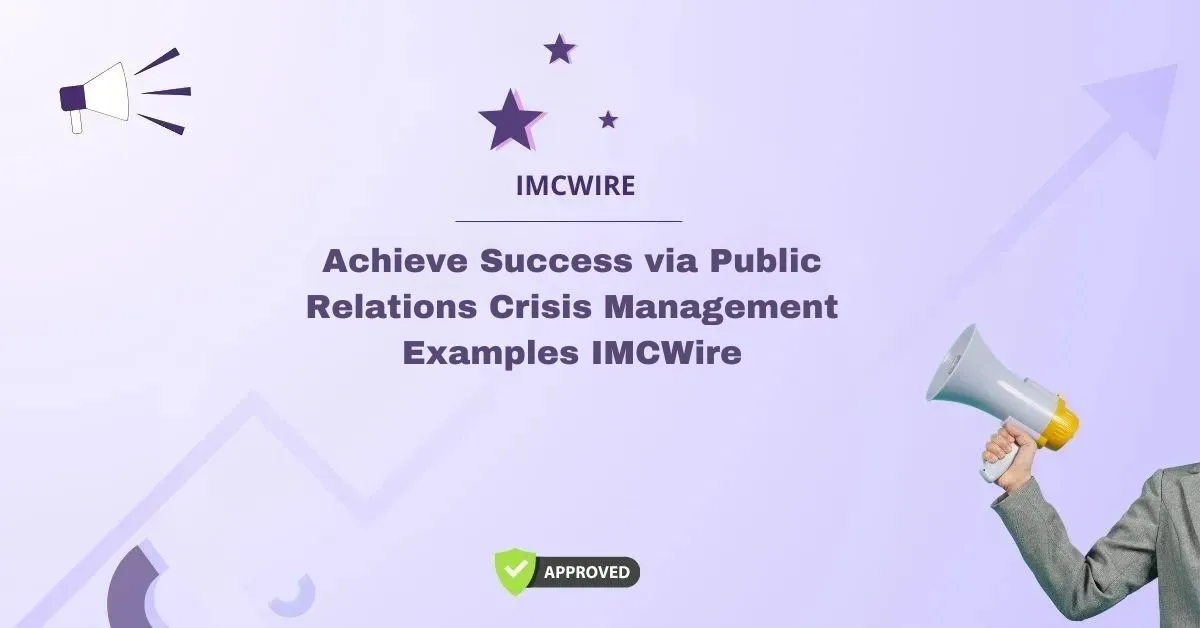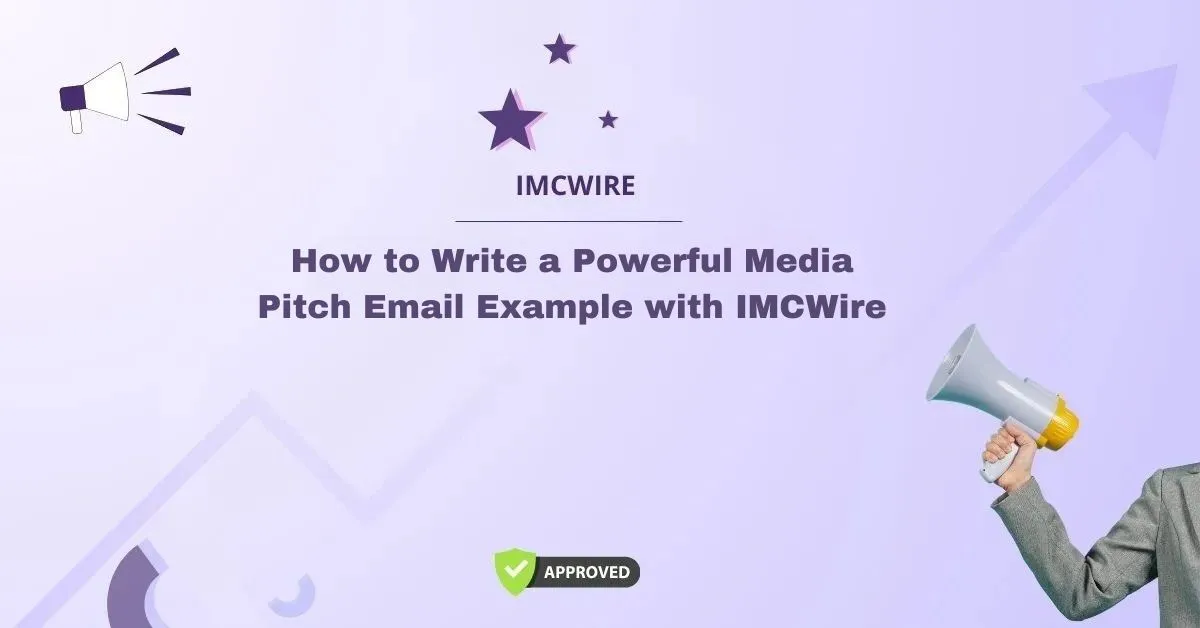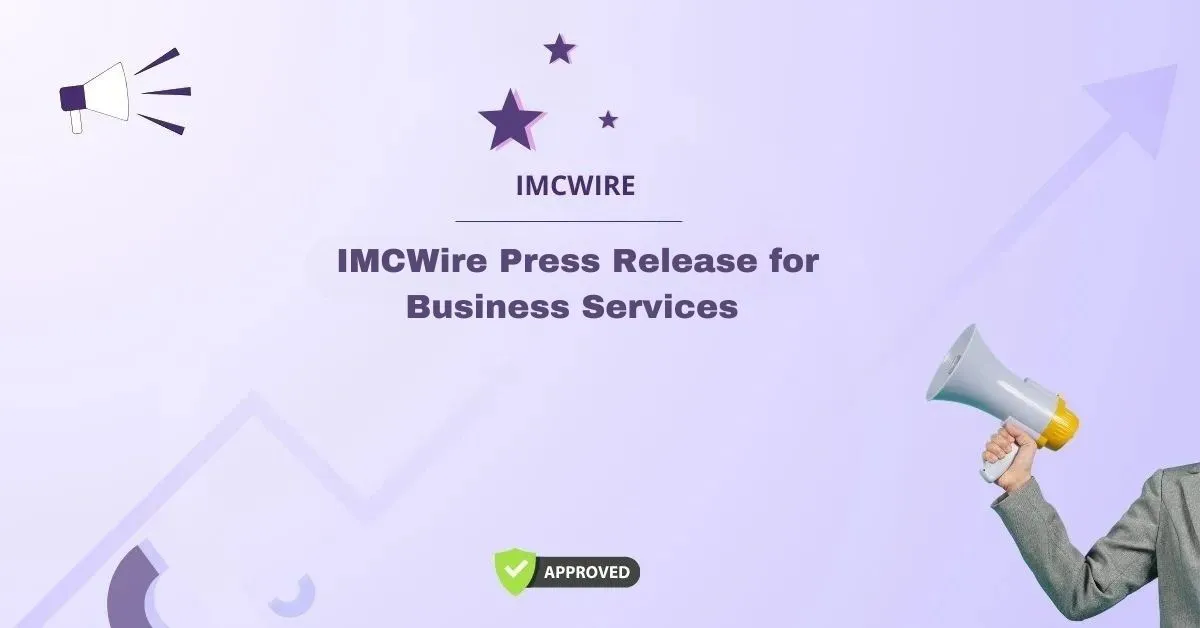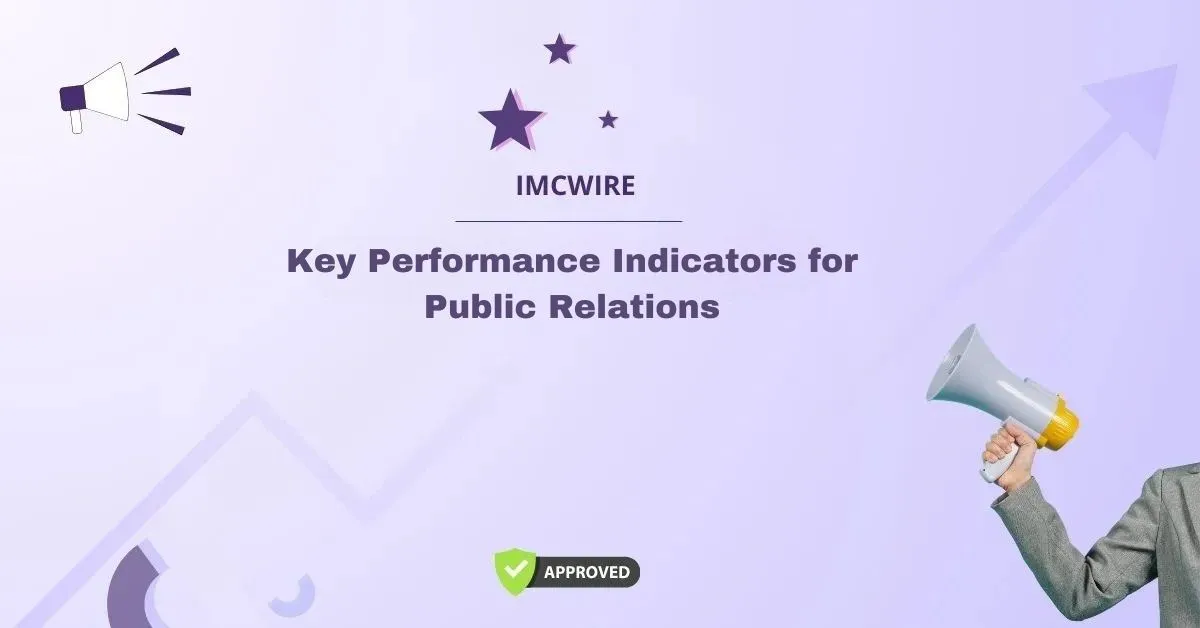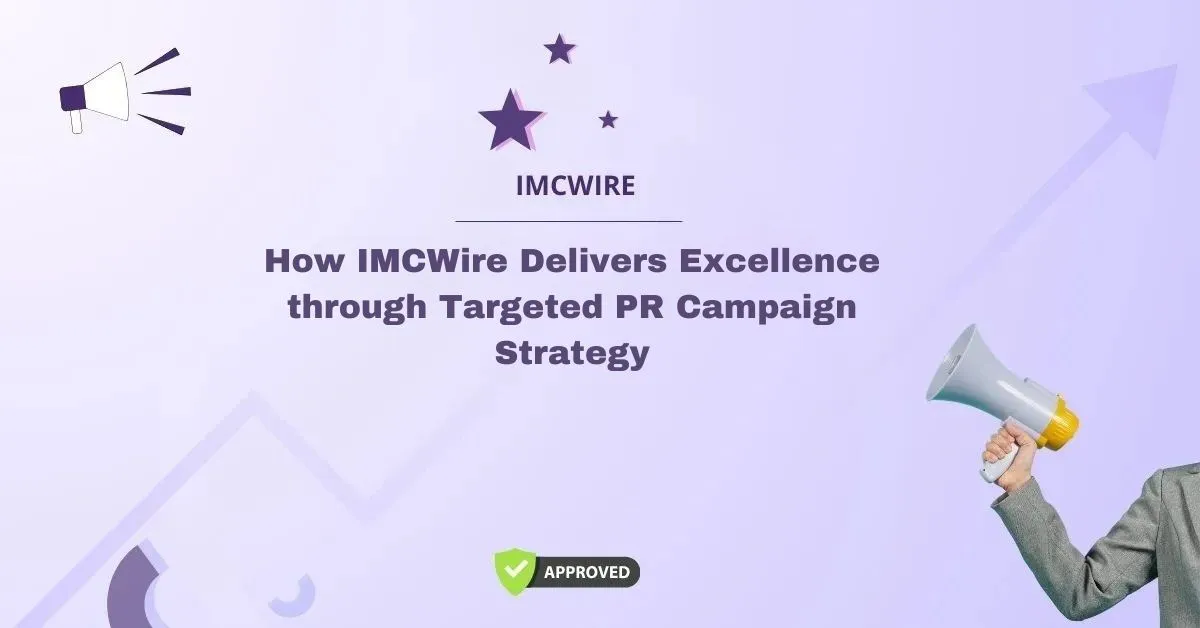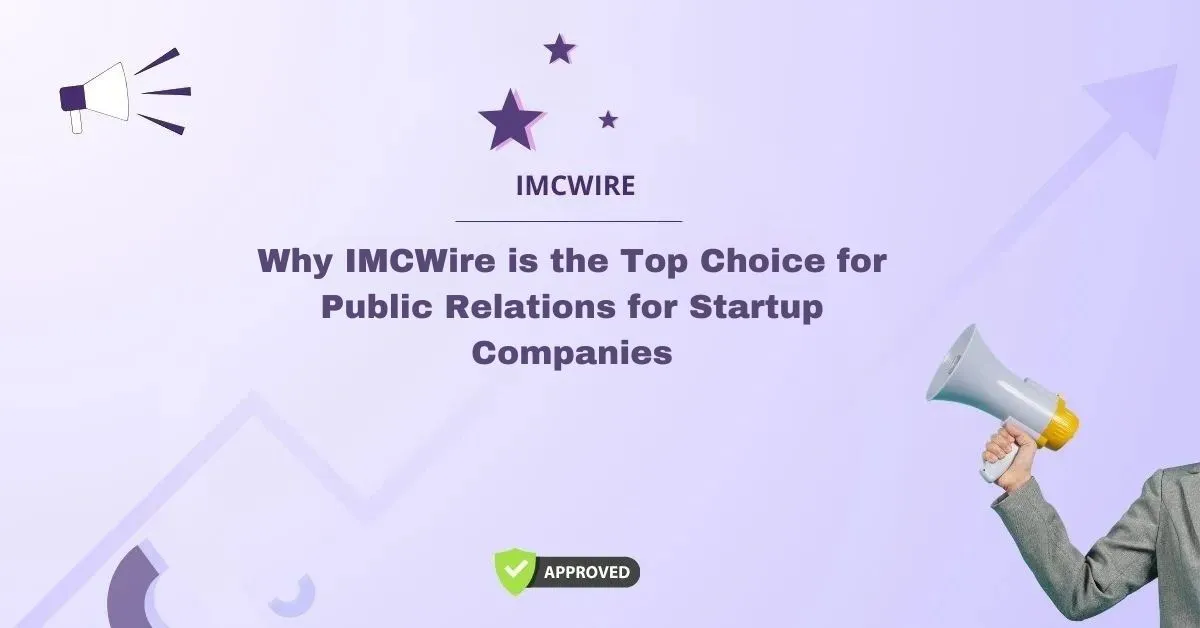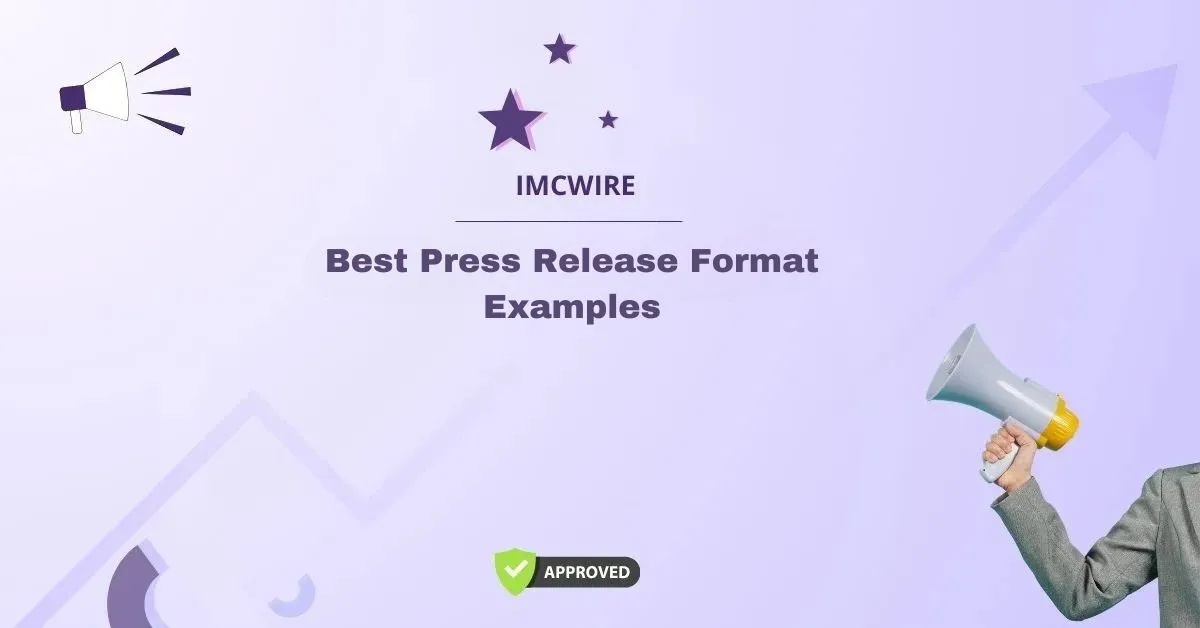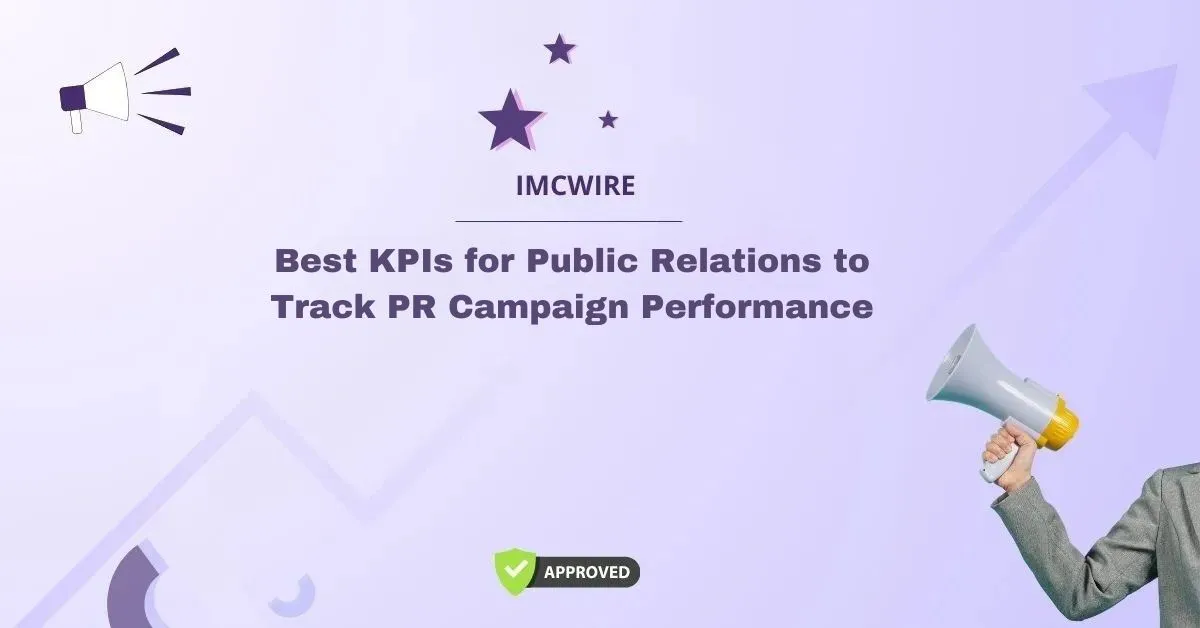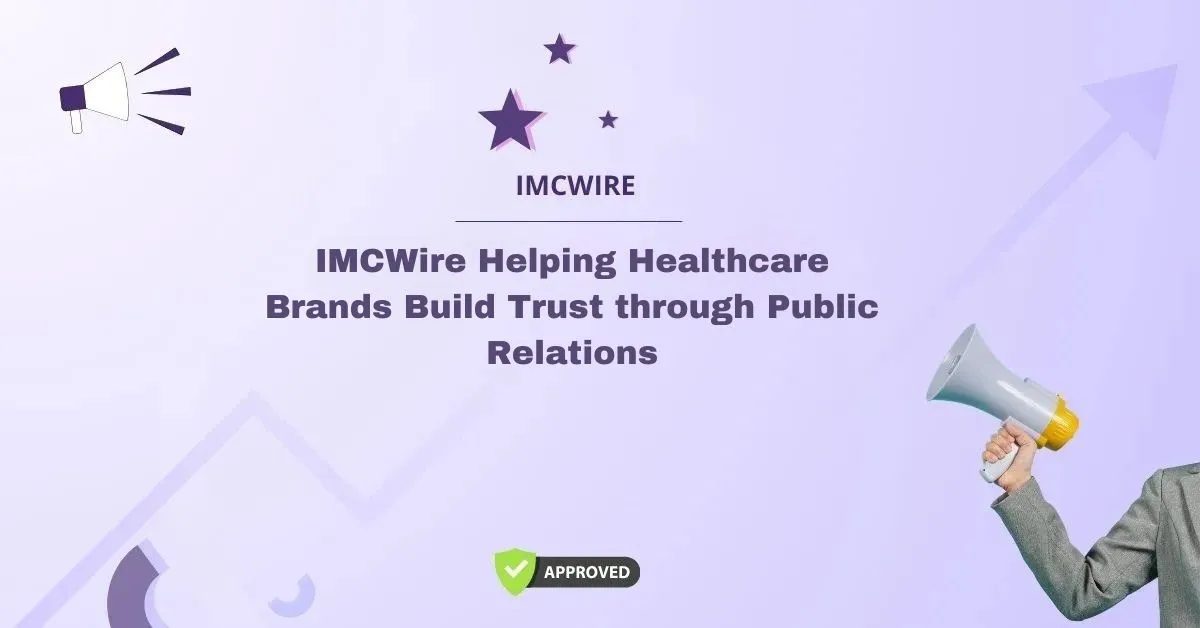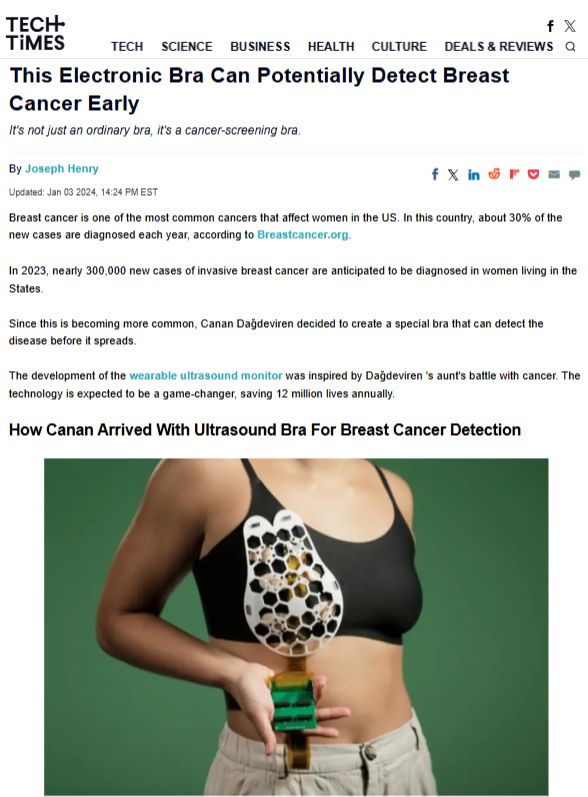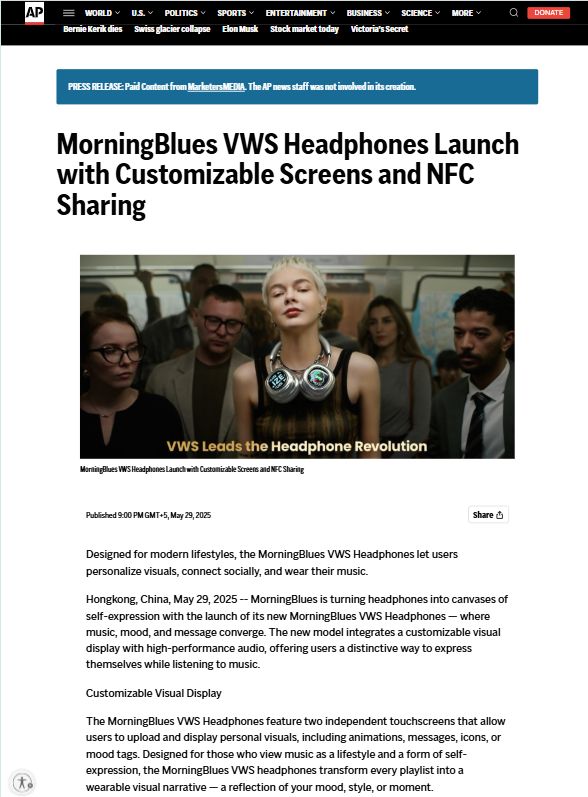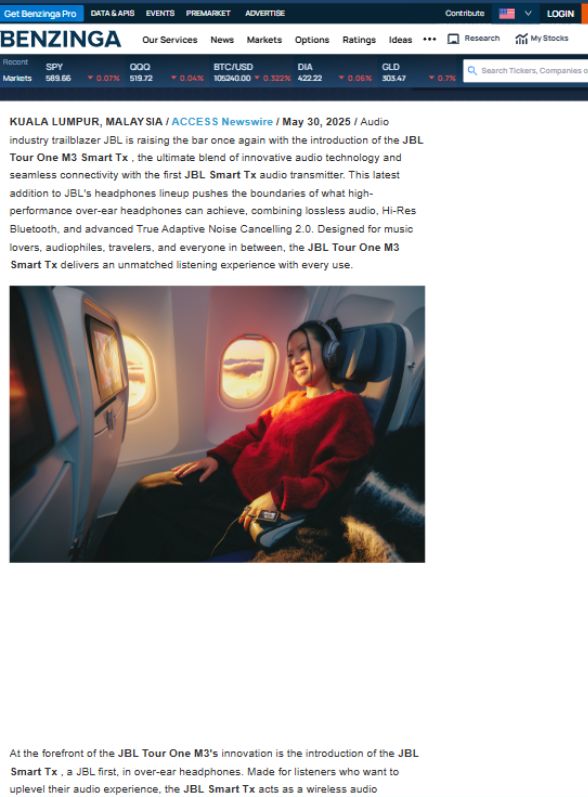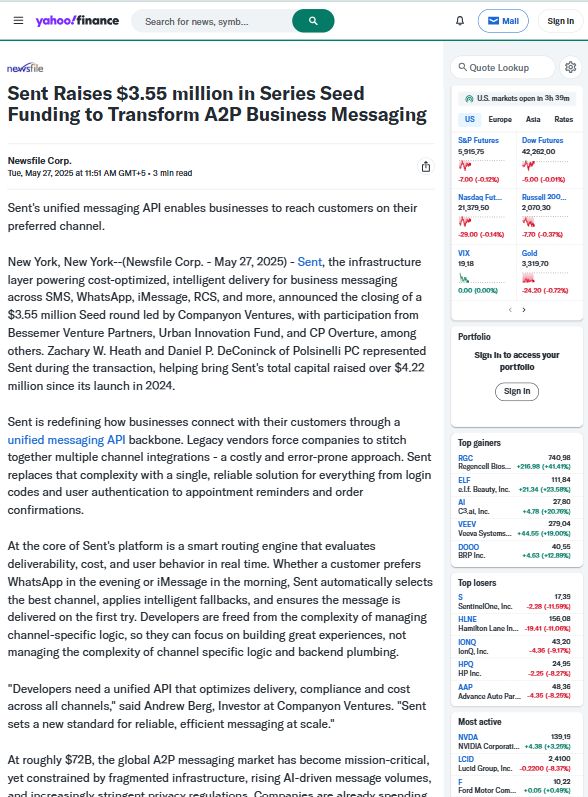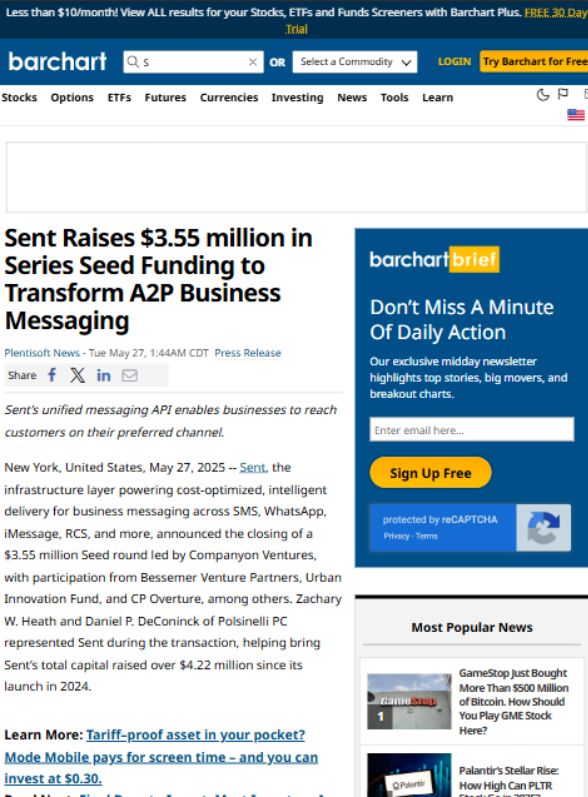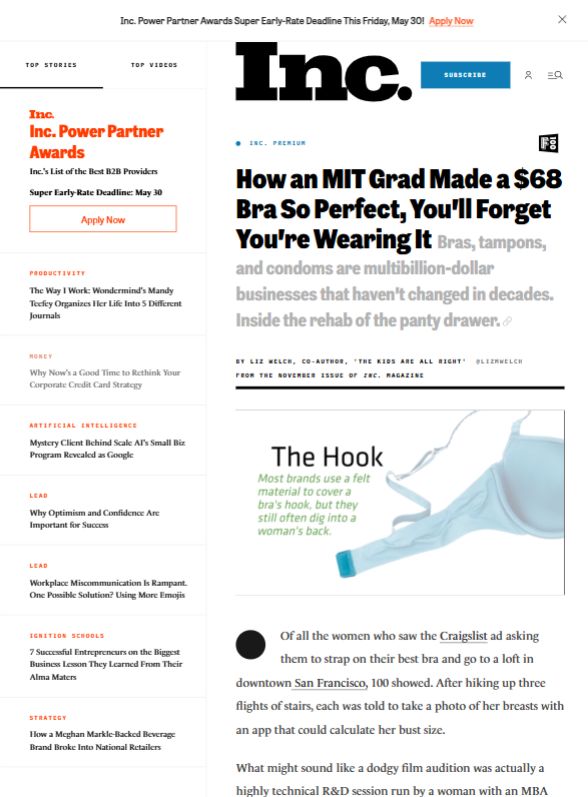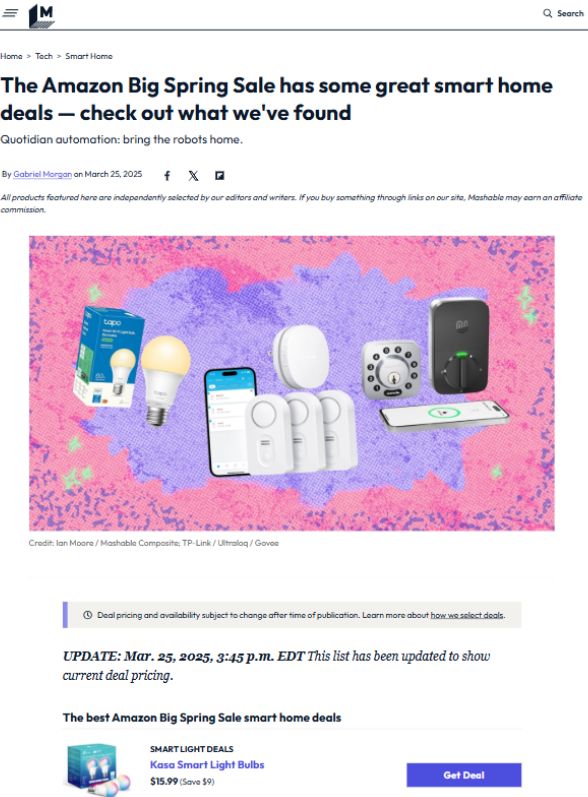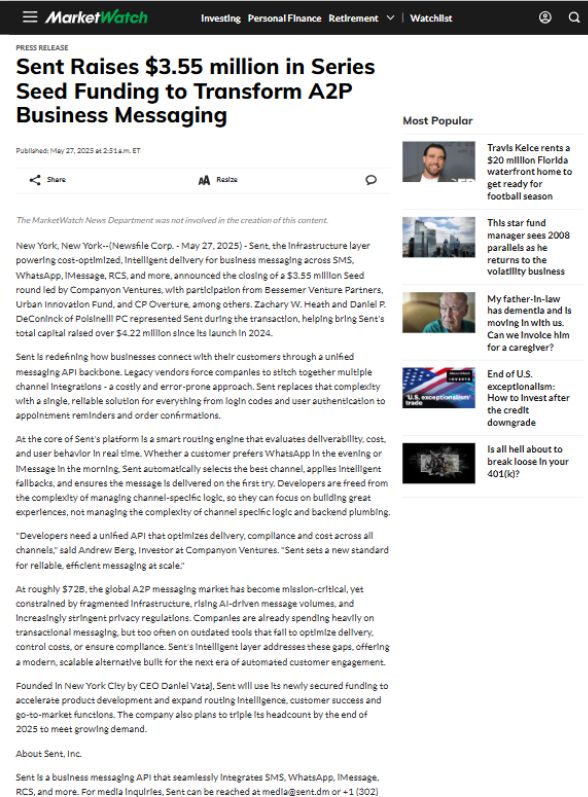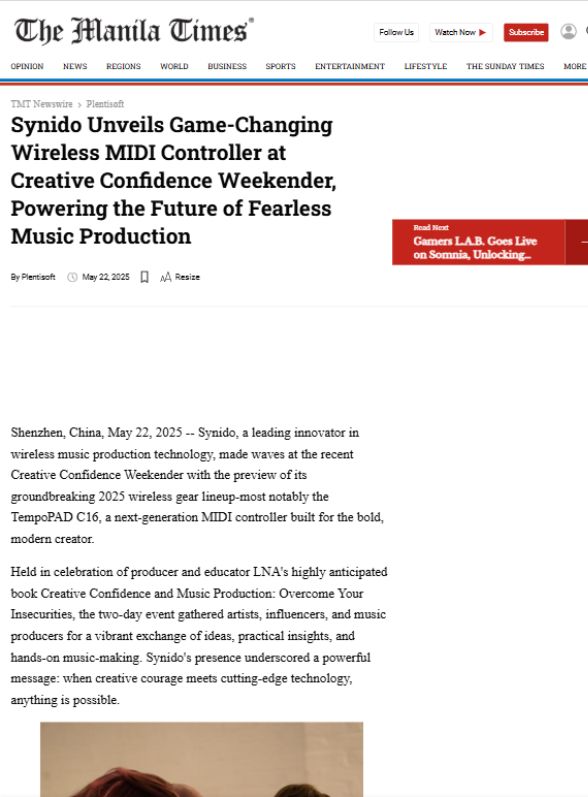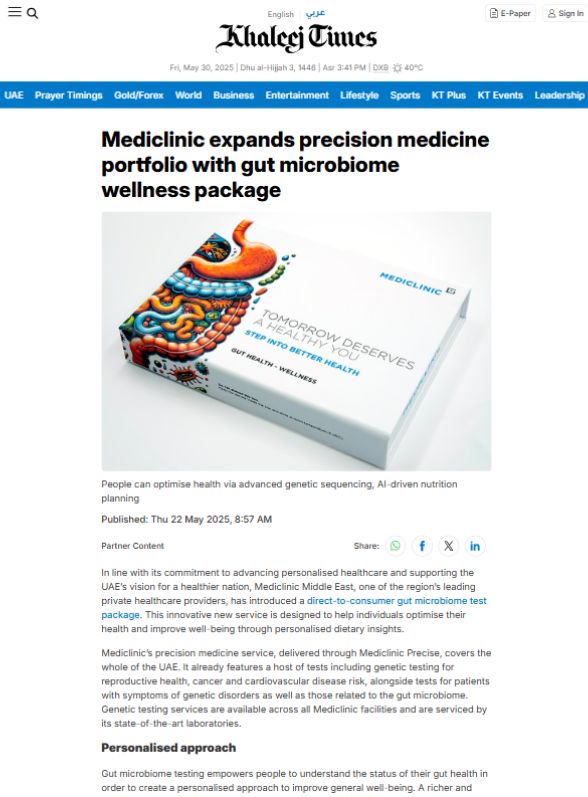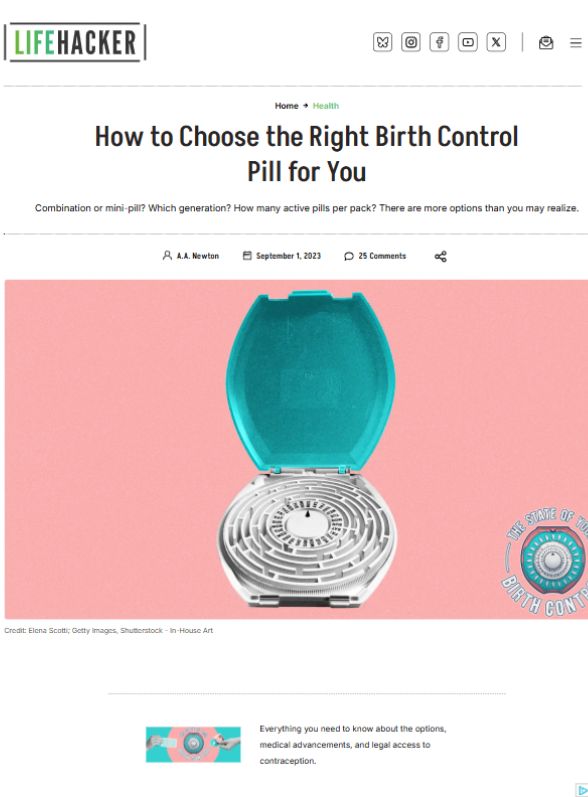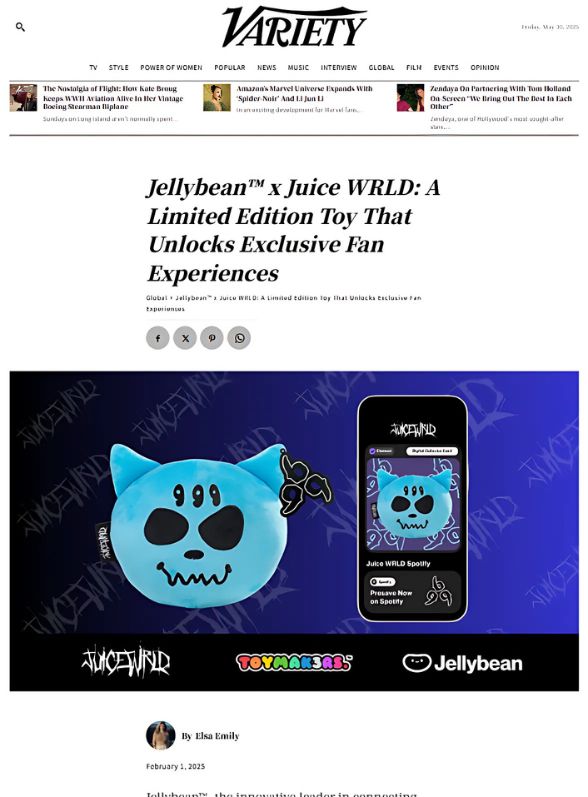In today’s fast-paced digital world, a single tweet or viral post can transform a small issue into a full-blown public relations (PR) crisis. That’s where public relations crisis management comes into play. It refers to the strategic actions and communication methods used by organizations to handle emergencies that could damage their reputation. Whether it’s a product recall, corporate scandal, or social media backlash, effective crisis management determines how quickly a brand can recover and regain public trust. Companies that handle PR crises well often emerge even stronger, while those that mismanage communication face long-term damage. Let’s explore some real-life public relations crisis management examples and the lessons they teach us about transparency, accountability, and timely communication.
Table of Contents
The Role of Communication in Crisis Management
Every successful PR crisis response relies on clear, honest, and strategic communication. When a company faces backlash or controversy, its initial response often sets the tone for public perception. Ignoring issues or delaying statements can create distrust among consumers and stakeholders. Instead, organizations must acknowledge the problem, express empathy, and present an action plan. Effective communication during a crisis should focus on three key areas: transparency, speed, and consistency. Transparency means being open about what happened and what the company is doing to fix it. Speed involves responding quickly before misinformation spreads. Consistency ensures that the same message is delivered across all platforms, from press releases to social media.
Public Relations Crisis Management Examples
Johnson & Johnson – The Tylenol Crisis
One of the most famous public relations crisis management examples in history is the Tylenol cyanide poisoning crisis of 1982. When several people died after consuming cyanide-laced Tylenol capsules, Johnson & Johnson faced a potentially brand-ending situation. Instead of denying responsibility, the company immediately recalled all Tylenol products nationwide, prioritized public safety, and cooperated with authorities. Their swift and transparent response became a gold standard in crisis management. Johnson & Johnson’s introduction of tamper-proof packaging and public reassurance campaigns helped rebuild consumer trust and set a new precedent for safety in the pharmaceutical industry. The main lesson here is that prioritizing consumer safety over profit and acting with integrity can transform a crisis into a trust-building opportunity.
Pepsi – The Syringe Scare
In 1993, Pepsi faced a major PR scare when reports emerged of syringes being found in cans of Diet Pepsi. The company immediately launched a proactive crisis management strategy. Pepsi released transparent video footage showing the canning process to prove that tampering was impossible within their facilities. Their calm yet firm communication approach prevented panic from spreading. Within a week, the U.S. Food and Drug Administration confirmed the reports were false, and Pepsi’s reputation remained intact. The key takeaway is that evidence-based communication and transparency can effectively counter false accusations and protect brand reputation.
Toyota – Accelerator Recall
In 2009, Toyota faced a global crisis when reports surfaced about malfunctioning accelerators causing accidents and fatalities. Initially criticized for their slow response, Toyota quickly learned from the backlash and took significant corrective actions. They issued large-scale recalls, extended warranties, and launched a public apology campaign led by top executives. By combining accountability with proactive customer service, Toyota successfully restored trust in its brand. The lesson is that quick recovery is possible when companies acknowledge mistakes, show empathy, and take tangible steps to correct them.
Starbucks – The Philadelphia Incident
In 2018, Starbucks faced public outrage after two Black men were wrongfully arrested at one of its stores in Philadelphia. The incident sparked nationwide debates about racial bias. Starbucks CEO Kevin Johnson immediately issued a public apology, met with the individuals involved, and took decisive action by closing over 8,000 stores for racial-bias training. This open and responsible approach helped the brand take control of the narrative and reinforced its commitment to inclusivity. The takeaway is that addressing social issues with empathy and action is crucial for maintaining brand integrity in a socially conscious world.
Samsung – Galaxy Note 7 Explosions
Samsung’s 2016 Galaxy Note 7 recall serves as another key example. The smartphone’s battery defects led to overheating and explosions, forcing the company to recall millions of devices. Initially, Samsung’s unclear communication made the crisis worse. However, the company recovered by launching an extensive investigation, being fully transparent with its findings, and introducing an eight-point battery safety check system. The lesson from Samsung’s case is that technical issues can be turned into trust-building opportunities when handled with transparency and commitment to improvement.
KFC – The “FCK” Apology
When KFC ran out of chicken in the UK in 2018 due to supply chain issues, customers took to social media to express outrage. Instead of offering a generic apology, KFC launched a humorous and creative ad campaign, rearranging its logo to spell “FCK” on an empty bucket — a witty acknowledgment of the situation. This honest yet playful communication won public approval and transformed a potential PR disaster into a branding success. Humor and creativity, when used appropriately, can humanize a brand and ease public frustration.
Facebook – Cambridge Analytica Scandal
In 2018, Facebook faced one of the largest data privacy scandals when Cambridge Analytica was found to have harvested user data without consent. Initially, Facebook’s delayed response worsened public outrage. Later, Mark Zuckerberg’s congressional testimony and public apology campaigns helped mitigate some of the reputational damage. The main lesson is that immediate acknowledgment and long-term corrective actions are essential when dealing with breaches of public trust.
Key Takeaways from These Examples
These public relations crisis management examples illustrate several important lessons. Transparency matters — hiding facts only deepens mistrust. Timing is crucial — early communication helps control narratives. Empathy builds loyalty — showing genuine concern for affected parties humanizes the brand. Action speaks louder than words — companies must follow apologies with tangible solutions. Learning leads to growth — every crisis can be an opportunity to evolve and strengthen brand values.
How Businesses Can Prepare for PR Crises
A proactive approach is the best defense against any PR disaster. Businesses should develop a crisis communication plan outlining how to respond, who should communicate, and what messaging to use. Regular media training, social listening, and monitoring tools can help identify early signs of public discontent. Additionally, companies must establish clear internal communication channels to ensure that all departments are aligned when responding to crises. Social media management is equally vital since misinformation can spread rapidly. Having a pre-approved communication framework ensures consistent and accurate messaging.
Why IMCWire Is a Trusted Partner for Crisis Communication
When a crisis hits, timing and communication are everything—and that’s where IMCWire stands out. As a leading digital PR and press release distribution platform, IMCWire helps businesses deliver timely, accurate, and well-crafted messages across global media outlets. Whether it’s damage control, reputation repair, or proactive brand communication, IMCWire offers tailored solutions designed to protect and strengthen your brand image. Through its extensive network, IMCWire ensures that your side of the story reaches journalists, influencers, and audiences who matter most. The platform’s expertise in public relations crisis management makes it an ideal partner for companies seeking to navigate challenging times with professionalism and confidence. Choosing IMCWire means choosing transparency, credibility, and effective storytelling even in the toughest situations.
How to Build an Effective Crisis Management Strategy
An effective crisis management plan involves several key stages. The first is risk assessment, which identifies potential threats to your organization’s reputation — such as product failures, employee misconduct, or negative publicity. Next is team formation, where a crisis management team is designated to include PR specialists, legal advisors, and communication officers who can respond swiftly. The third step is message development, where key messages are crafted to align with the brand’s tone and values while focusing on empathy and accountability. Media monitoring follows, helping track online mentions and early warning signs. Finally, after the crisis, evaluation and learning ensure continuous improvement of strategies.
The Importance of Digital Media in PR Crisis Management
Digital media plays a major role in shaping public perception. Social media platforms like X (formerly Twitter), Facebook, and Instagram can amplify both positive and negative messages instantly. Therefore, brands must maintain active online engagement and monitor conversations closely. During a crisis, digital platforms can be used to share official updates, respond to concerns, and demonstrate transparency. Real-time communication builds trust and helps prevent the spread of misinformation. Brands that use digital media effectively can turn challenging moments into opportunities for connection and growth.
Turning a Crisis into an Opportunity
Not all crises end in failure. With the right approach, businesses can turn setbacks into success stories. A strong recovery plan, paired with honest communication, can enhance brand loyalty and even attract new customers. For instance, Johnson & Johnson’s handling of the Tylenol crisis not only saved the brand but made it a symbol of corporate responsibility. Brands that focus on long-term reputation management rather than short-term damage control stand out in the market. Transparency, empathy, and authenticity are the cornerstones of effective crisis recovery.
Conclusion: Learning and Leading with IMCWire
Public relations crisis management examples offer valuable lessons on communication, responsibility, and adaptability. Every business—regardless of size or industry—can face unexpected challenges that threaten its reputation. The difference between recovery and failure lies in how swiftly and effectively a company responds. IMCWire empowers businesses to manage crises with professionalism and precision. By combining strategic media outreach, timely press release distribution, and targeted communication, IMCWire ensures your message reaches the right audience, protecting your brand when it matters most. In a world where reputation defines success, having a trusted PR partner like IMCWire can make all the difference. From crisis prevention to brand rebuilding, IMCWire stands by your side, helping your business turn challenges into opportunities for growth and renewed public trust.

